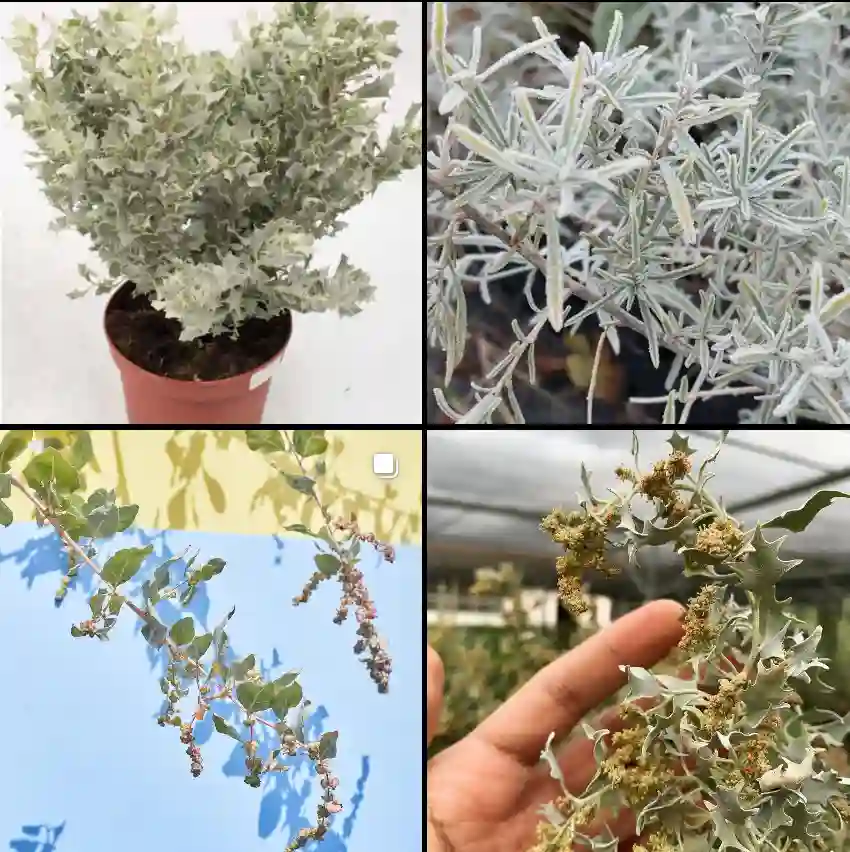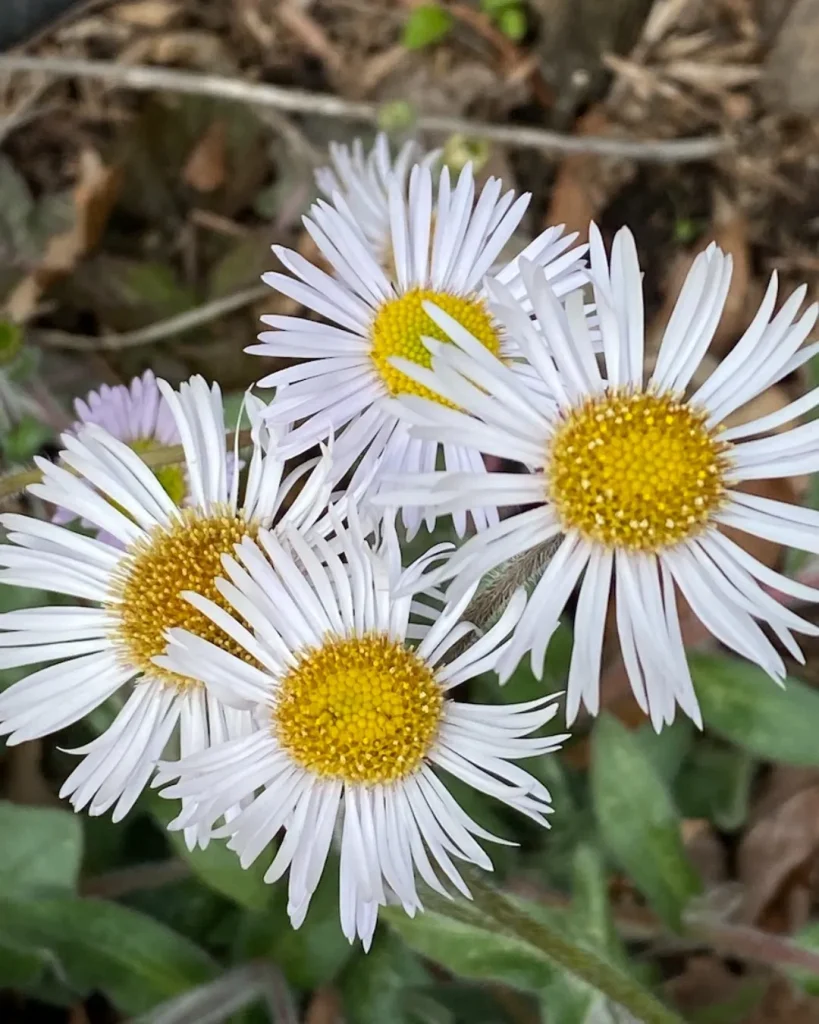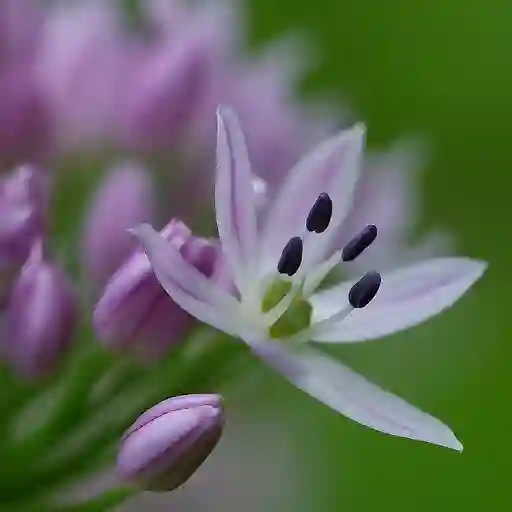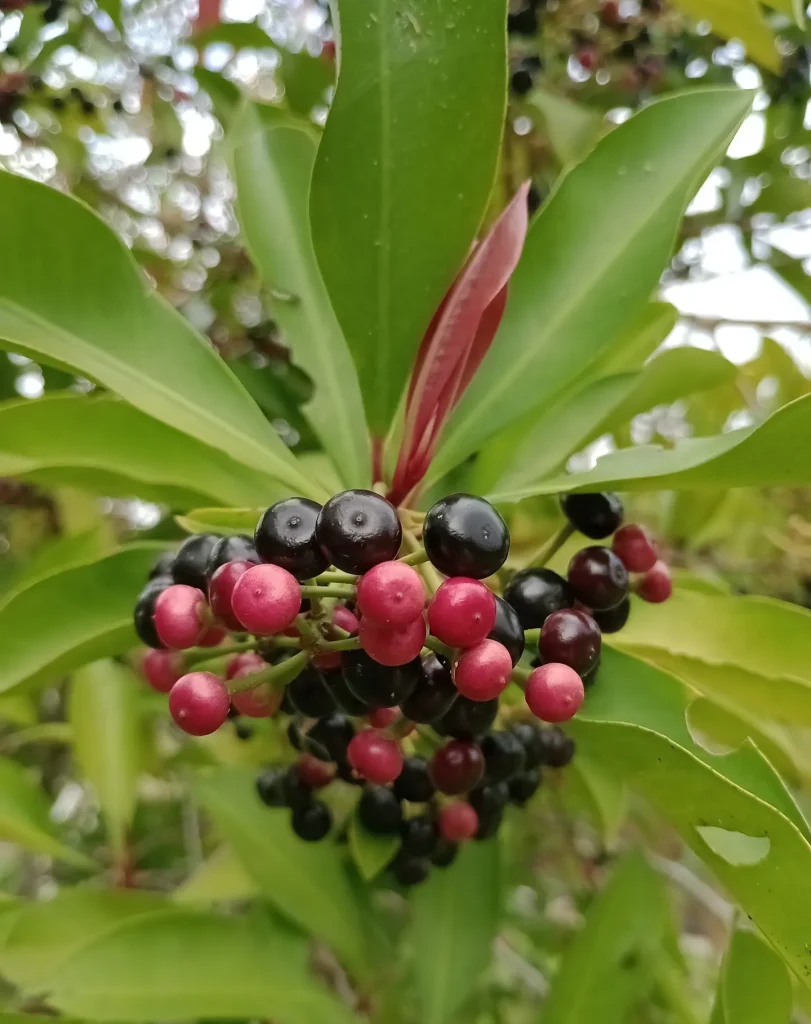When I first came across the Cordyline Sherbert plant, I was immediately drawn to its vibrant, tropical look. With its pink, cream, and green variegated leaves, it adds an exotic touch to any garden or indoor space. If you’re like me and love plants that offer both color and low-maintenance care, Cordyline Sherbert is an excellent choice.
25 Species in Genus Cordyline
What is Cordyline Sherbert?
Cordyline Sherbert, also referred to as Cordyline Fruticosa Sherbert or Cordyline Sherbert Ti plant, is a tropical evergreen shrub. Known for its stunning multicolored foliage, it is a member of the Asparagaceae family. The plant’s leaves display a striking blend of pink, cream, and green hues, making it a popular ornamental plant. Whether planted indoors or outdoors, Cordyline Sherbert adds a splash of tropical beauty wherever it is placed.
How to Care for Cordyline Sherbert?
Cordyline Sherbert care is relatively simple, making it a good option for gardeners of all experience levels. I’ve found that this plant is quite adaptable, though there are a few essential things to keep in mind.
- Light Requirements: Cordyline Sherbert thrives in bright, indirect light. Too much direct sunlight can scorch the leaves, but too little light may cause the vibrant colors to fade. If you’re growing it indoors, placing it near a bright window that gets filtered light is ideal.
- Watering: When it comes to watering Cordyline Sherbert, consistency is key. The plant prefers moist soil but doesn’t like sitting in water. I water mine when the top inch of soil feels dry, and I always make sure the pot has good drainage. Overwatering can lead to root rot, so it’s essential to avoid letting the plant sit in water.
- Humidity: Like many tropical plants, Cordyline Sherbert enjoys higher humidity levels. If you’re growing it indoors, especially in a drier environment, misting the leaves occasionally or placing a humidifier nearby can help. Outdoors, it will do well in more humid climates.
- Temperature: Cordyline Sherbert prefers warm temperatures and should be protected from cold drafts or frost. If you’re in a region where temperatures drop significantly in the winter, consider bringing the plant indoors or using a frost cloth to protect it.
- Fertilizing: During the growing season, I fertilize my Cordyline Sherbert every four to six weeks with a balanced, water-soluble fertilizer. This helps promote healthy growth and vibrant foliage. I stop fertilizing in the winter when the plant’s growth slows down.
How to Propagate Cordyline Sherbert?
Propagating Cordyline Sherbert is relatively easy, and there are a few methods to choose from. I’ve had success with both stem cuttings and division.
- Stem Cuttings: To propagate from stem cuttings, simply cut a healthy stem with a few leaves attached. Remove the lower leaves, and place the cutting in water or moist soil. If you’re using water, be sure to change it every few days to prevent rot. Once roots develop, you can transplant the cutting into a pot with well-draining soil.
- Division: Another way to propagate Cordyline Sherbert is by dividing the plant at the root level. This is best done during repotting. Carefully remove the plant from its pot and separate the root ball into two or more sections. Replant each section in its own pot, and care for them as you would a mature Cordyline Sherbert plant.
What to Plant with Cordyline Sherbert?
Cordyline Sherbert pairs beautifully with other tropical plants. I like to plant mine alongside ferns, palms, or other Cordyline varieties for a lush, tropical feel. In the garden, they also work well with plants like Crotons, Hibiscus, or Bird of Paradise, which share similar care requirements.
If you’re growing Cordyline Sherbert indoors, it can be paired with plants like Monsteras or Philodendrons, creating an attractive display of varied textures and colors.
Common Problems and Solutions
Even with its easy-going nature, Cordyline Sherbert can sometimes run into a few issues. Here are some problems I’ve encountered and how to address them:
- Yellowing Leaves: If your Sherbert Cordyline’s leaves start yellowing, it could be a sign of overwatering. Check the soil moisture and adjust your watering schedule as needed. Yellow leaves can also indicate a lack of nutrients, so consider fertilizing if you haven’t done so in a while.
- Brown Leaf Tips: Brown tips on the leaves can be a sign of low humidity or inconsistent watering. Increase the humidity around the plant by misting or using a humidifier, and make sure you’re watering it consistently.
- Pest Issues: Like many indoor plants, Cordyline Sherbert can sometimes attract pests like spider mites or scale. I recommend regularly checking the leaves for any signs of pests and treating the plant with insecticidal soap or neem oil if necessary.
Conclusion
Cordyline Sherbert is an excellent choice if you’re looking for a vibrant, tropical plant that’s relatively easy to care for. With its stunning foliage and low-maintenance nature, it’s sure to be a standout in any collection. Whether you’re growing it indoors or outdoors, Cordyline Sherbert brings a touch of the tropics to your home or garden. By following these care tips and addressing any issues promptly, you can enjoy the beauty of this plant for years to come.
If i die, water my plants!



